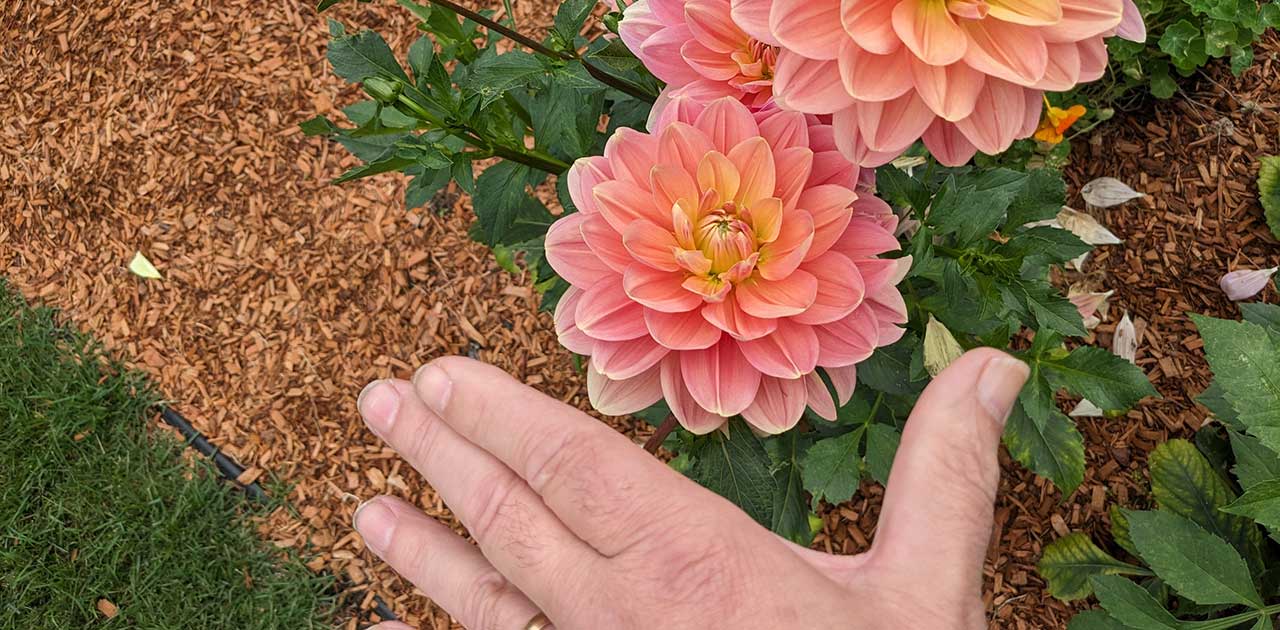Do you love gardening but have a “black thumb” and can absolutely kill just about any house plant within a week. Brings up the question “can I change from a “black thumb” to a “green thumb”? The answer is of course you can. Follow along and I’ll tell you how to try.
Growing house plants is very similar to having pets.
They are all different. They need a certain kind of environment and nourishment. And they all require a little bit of attention, usually when it’s least convenient for you. If you want to have a “green thumb” accepting this reality is the first step to your conversion.

Let’s start with the environment
Sunlight, temperature, moisture and humidity are friends or foes.
Sunlight
If you have lots of sun you can grow anything with small leaves that flowers but if you pick something with lots of big, green leaves it will probably not survive. Conversely if you don’t have much sun, stick with things that have big, green leaves and stay away from things that flower. Plants use sunlight to produce energy (photosynthesis) so as you can imagine, plants with big, green leaves can produce more energy from much less sunlight than plants with small leaves.
Temperature
Generally most house plants are native to warm climates so they can handle heat and hot temperatures very well, it’s when you get into cold locations that you have problems. So when in doubt, treat your house plants as if they were cold-blooded reptiles, they won’t thrive in the cold.
Humidity
Humidity-loving plants, such as Orchids, Bromeliads and Epiphytes are often given as house-warming gifts. They go through a short time of flowering and looking nice and then they look sad, then sick, then you throw them away. These plants should be avoided unless you’re an expert gardener.
Moisture
Overwatering plants is the easiest way to kill them and is the major reason people have a “black thumb”. Years ago I worked in a commercial greenhouse and we had one guy who’s nickname was Lloyd Bridges (olde TV reference). He loved the water and was personally responsible for the highest die-off the greenhouse ever experienced.
Here’s a basic primer on how soil works. Soil is made up of a number of particles that are different sizes and shapes that are jumbled-up to provide the ideal environment for plants and animals to grow and hopefully thrive. The various sizes and shapes of particles allow them to pack down irregularly and leave lots of empty spaces between them that are filled with air.
Now here’s the thing that most beginning gardeners (especially those with “black thumbs”) don’t realize … plant roots need air as much as they need water.
When you put water on the soil it displaces the air. You have probably seen or heard the soil bubble when you water, that’s the air being pushed up to the surface and replaced with water. When the plant uses up the water the air returns and the cycle is repeated the next time you water. In the wild, the soil is usually more filled with air than it is with water.
In other words, soil needs to dry out in between waterings in order to be a healthy environment for living things.
Also on the topic of watering, always water before noon. Plants don’t like to go to sleep with their feet wet any more that you or I would.
Fertilizer
My Dad always used to say that “plants grow in direct proportion to their least available nutrient”. This is also called the Law of Limits. Fertilizer manufacturers have seized this as a marketing opportunity and consequently stores sell all kinds of fertilizers with special mixtures guaranteed to promote healthy growth on every kind of house plant. I’m sure that soil scientists spend countless hours studying and developing the perfect mixture and am very glad that they do.
But to put it bluntly “black thumbs” need to learn that fertilizer user error is the number one plant killer … if in doubt don’t use any fertilizer.
Here’s the secret to fertilizing your house plants – weaker is better. Read the manufacturer’s instructions and then cut the mixture by 3/4ths. That is, either use 1/4th of the amount of fertilizer that the manufacturer recommends or use 4 times the amout of water than the manufacturer recommends. Your plants will thank you.
Having a “black thumb” is all in your mind and anyone can learn how to grow and enjoy growing plants.
Besides being a really good gardener, Mike Hunter is an excellent RE Broker.
Text or Call Mike 978-580-1069 today.
His clients appreciate his commitment to delivering a streamlined, results-oriented deal every time.
People also ask about Sudbury Stuff
80% of my business comes from referrals and repeat customers.
Please feel free to send my profile to others you feel would gain from my services or learn more about how we can help them Sell with Confidence.

